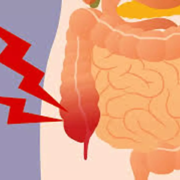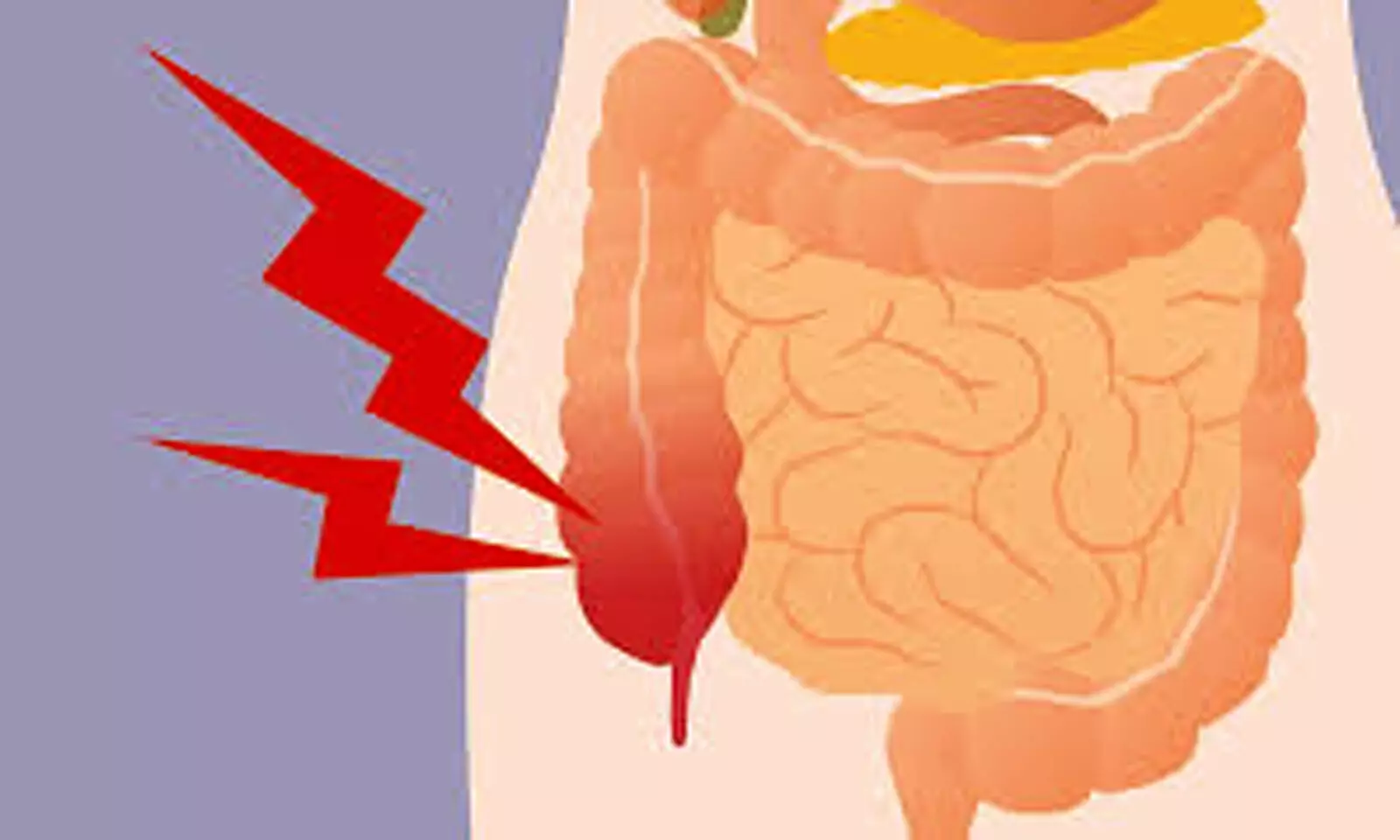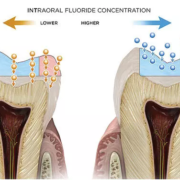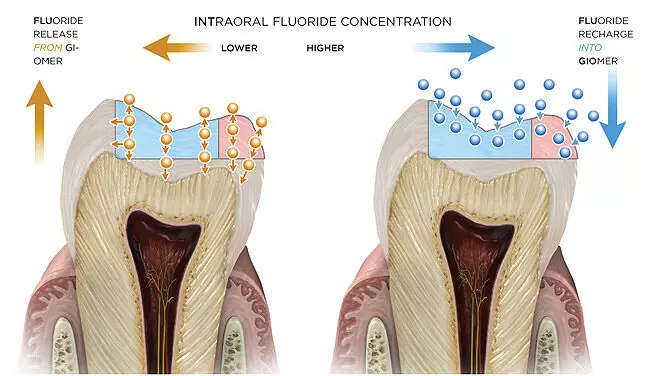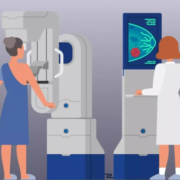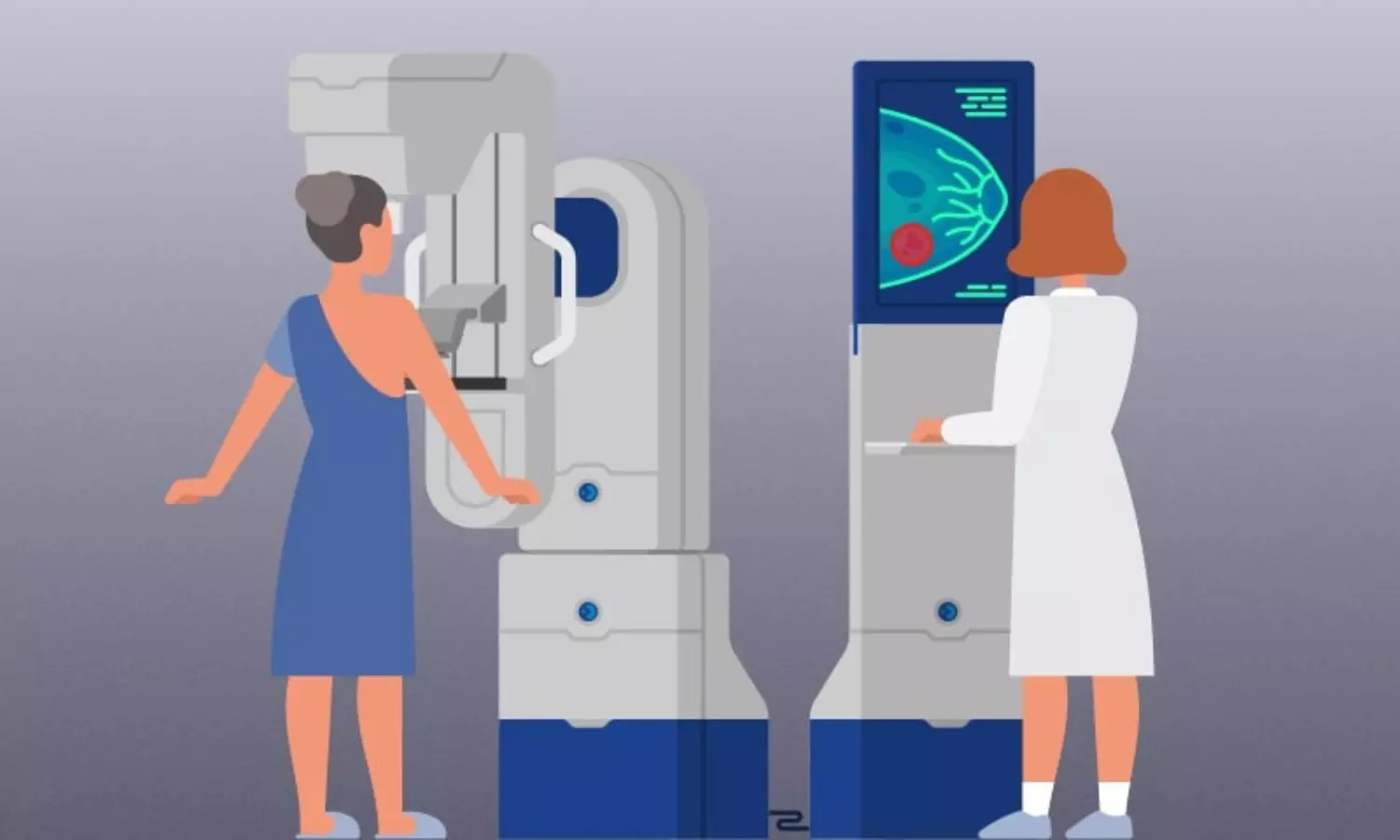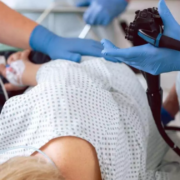CGM a promising tool to individualize nutritional strategies in preterm infants: Study

Italy: A recent study published in the European Journal of Pediatrics has shown continuous glucose monitoring (CGM) to be a promising tool for individualizing nutritional strategies in preterm infants during the first weeks of birth.
The study found that macronutrient intakes influence neonatal glucose profile as described by CGM and might contribute to adjusting nutritional intakes in preterm infants.
“Continuous glucose monitoring describes the relationship between the intake of daily parenteral nutrients and time spent in hypo and hyperglycemic ranges,” the researchers reported.
Preterm infants, born before 37 weeks of gestation, often face numerous challenges in adapting to extrauterine life, including the regulation of blood sugar levels or glycemic homeostasis. Adequate nutrition has a pivotal role in supporting their growth and development, with macronutrients such as carbohydrates, proteins, and fats being key components of their diet. Recent advancements in medical technology, particularly CGM, have provided unprecedented insights into the intricate interplay between macronutrient intake and glycemic control in these vulnerable neonates.
As described above, nutritional intake could influence the blood glucose profile during the early life of preterm infants. Alfonso Galderisi from the Institute for Pediatric Research (IRP) in Padua, Veneto, Italy, and colleagues aimed to investigate the impact of macronutrient intake on glycemic homeostasis using continuous glucose monitoring.
For this purpose, the researchers analyzed macronutrient intake in infants born ≤ 32 weeks gestational age (GA) and/or with birth weight ≤ 1500 g. CGM was initiated within 48 hours of birth and maintained for five days.
Mild and severe hypoglycemia were defined as sensor glucose (SG) < 72 mg/dL and <47 mg/dL, respectively, while mild and severe hyperglycemia were SG > 144 mg/dL and >180 mg/dL. Data from 30 participants were included (age 29.9 weeks, birthweight 1230.5 g).
The study led to the following findings:
- A reduced time in mild hypoglycemia was associated with higher amino acid intake, while increased exposure to hyperglycemia was observed in the presence of higher lipids intake.
- The birthweight was the strongest predictor of neonatal glucose profile with an inverse relationship between the time spent in hyperglycemia and birthweight.
In conclusion, the study demonstrates the relationship between macronutrient intake and glucose homeostasis during the first days of life of very low birth weight infants wearing a CGM. Higher amino acid intake is associated with reduced time spent in the hypoglycemic range, while greater lipids intake increases exposure to hyperglycemia.
Amino acid and lipid intakes largely impact insulin sensitivity, which in turn, is a major determinant of hyper and hypoglycemia in the first days of birth of preterm infants, explaining this apparent contradiction. Transient glucose fluctuations are mainly due to procedures and the multiple stressors occurring during the first days of life and directly impact insulin sensitivity.
“We hypothesize that amino acid and lipid intakes, in turn, impact glucose fluctuations by directly acting on insulin sensitivity,” the researchers wrote.
Reference:
Guiducci, S., Res, G., Bonadies, L. et al. Impact of macronutrients intake on glycemic homeostasis of preterm infants: evidence from continuous glucose monitoring. Eur J Pediatr (2024). https://doi.org/10.1007/s00431-024-05532-4
Powered by WPeMatico




